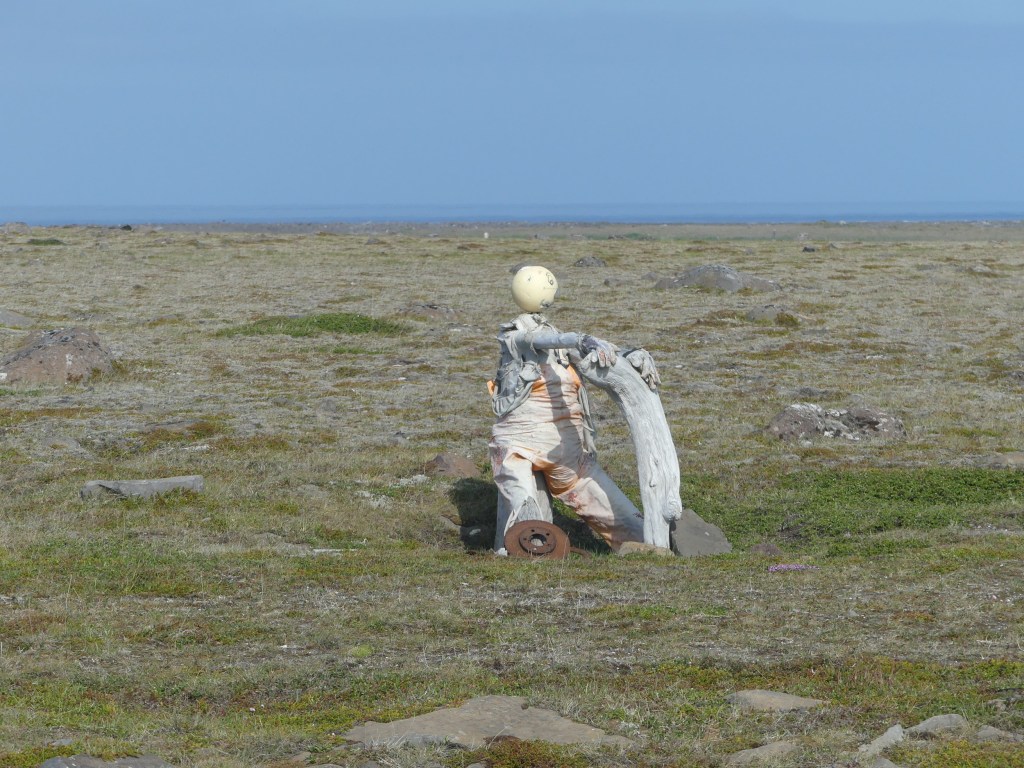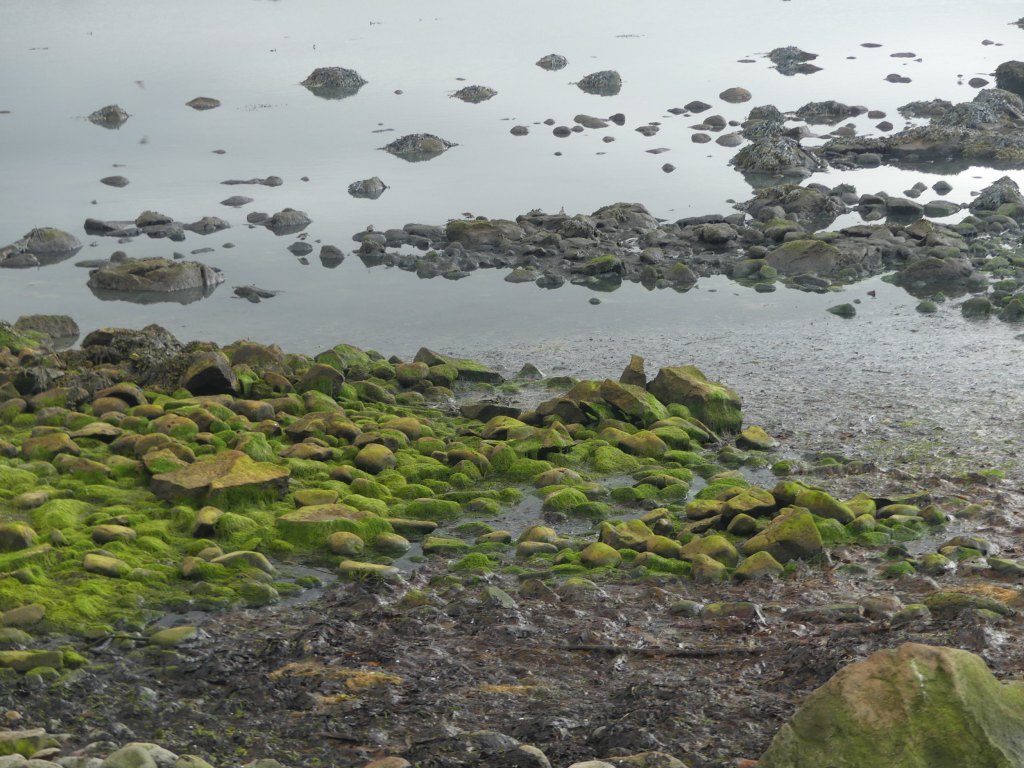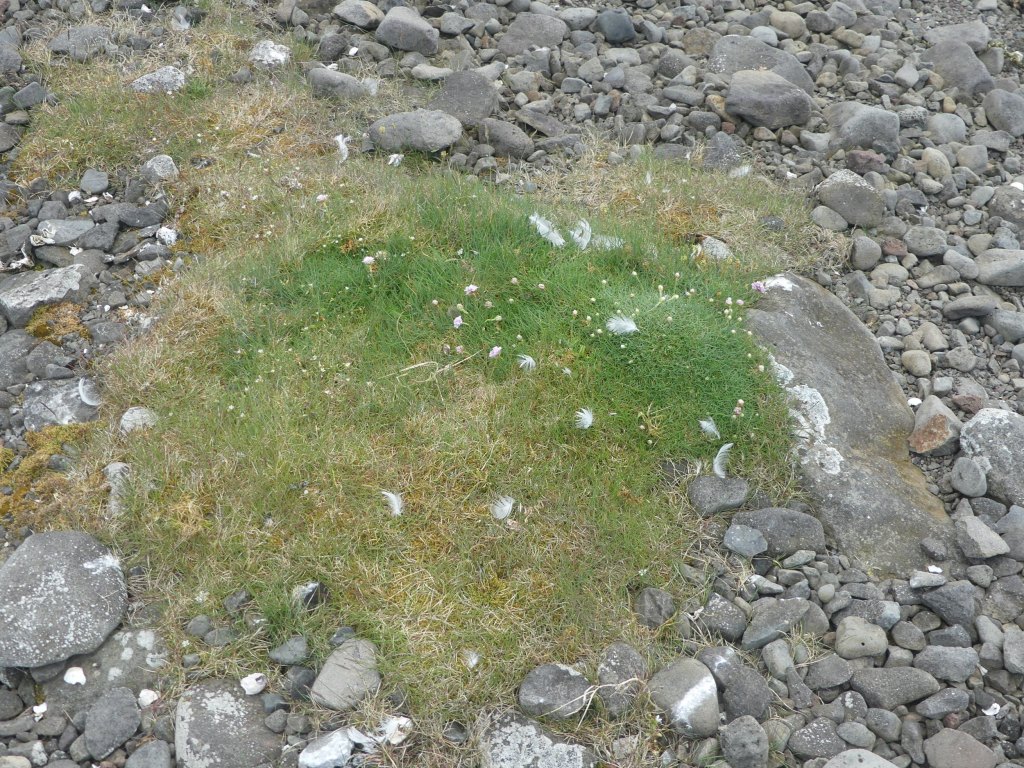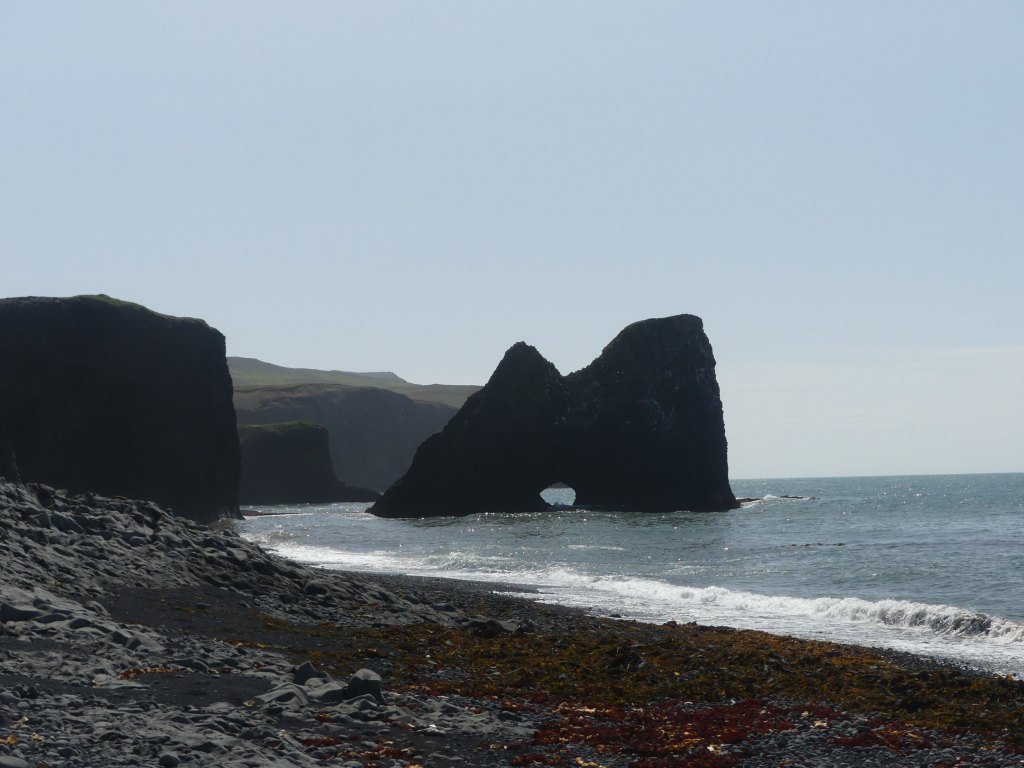Snæfellsjökull (Snow Mountain’s Glacier) makes its own weather at the Western end of the Snæfellsnes (Snow Mountain Point) peninsula and its 100 kilometres of volcanoes thrusting into the Atlantic. They came to it, not it from them. The volcano sat here alone for 300,000 years, washed by waves, formed by entirely different rock than the others that followed it west. Now, it creates clouds out of living air and holds them to its ice.

This image shows a strong gale (90 km/h) lifting the cloud away minutes before dusk, the sun coming in horizontally across the sea to the left, striking the ice, and shooting vertically into the cloud, lighting it from below. This moment stars in my poem “Whirlpool” in my book of spells and blessings weaving people and land into a cloth, as the mountain sure does. The poem begins in wind, with its lines snapping apart, barely held to the frame of the loom.

This thread appears again in the poem Findings, where Syrian refugees and the refugees who fled Germany in 1929 and gave me life, meet and feast together. It raises its back out of the Atlantic that is book, here again in Lifting the Sky. This time, this wave that lifts the mountains into the sky appears in Eyrarfjörður, the great “Estuary Fjord”, far to the Northeast.

Both poems answer this question with their weaving. You can find the answer in the book. In the meantime, here’s a farmer in the Eyrarland (The Estuary Country), dealing with his roof. No ladder needed.

I have no idea how he got out of the cab, up over the hydraulic arms, over the bucket, and up there, but he did. After all, for half of every year his sheep have to live in there, while the mountains and the sea do their thing outside. Curious? I hope so. There’s a link to the right of this page where you can order this book. While you’re waiting for it to arrive, here’s the south wall of Snæfellsjökull…

… where

This is just one of the many landings in Landings: Poems from Iceland. There was once an exodus from the Earth. Now there is a return to it. I hope you will come along.















